Understanding Eclipses: The Celestial Dance Between the Sun, Moon, and Earth
Eclipses are fascinating astronomical events where the Moon comes between the Sun and Earth, causing either a solar eclipse or lunar eclipse. This summary delves into the different types of eclipses, such as total and partial solar eclipses, the Moon's elliptical orbit, and the intricate movements that lead to these captivating celestial displays.
Understanding Eclipses: The Celestial Dance Between the Sun, Moon, and Earth
PowerPoint presentation about 'Understanding Eclipses: The Celestial Dance Between the Sun, Moon, and Earth'. This presentation describes the topic on Eclipses are fascinating astronomical events where the Moon comes between the Sun and Earth, causing either a solar eclipse or lunar eclipse. This summary delves into the different types of eclipses, such as total and partial solar eclipses, the Moon's elliptical orbit, and the intricate movements that lead to these captivating celestial displays.. Download this presentation absolutely free.
Presentation Transcript
Eclipses Written by David Ilsley Image: Commons.Wikimedia.org
An eclipse of the Sun (solar eclipse) occurs when the moon gets between us and the Sun and blocks out some or all of the Sun s light. It always occurs at new moon. Image: flickr.com (cropped)
Places in the penumbra experience a partial eclipse Places within the umbra experience a total eclipse. Images: flickr.com (cropped)
The umbra covers only a very small part of the Earths surface a circular area no more than about 100 km wide. The penumbra surrounds the umbra out to a radius of about 3000 km. Images: flickr.com (cropped)
In 2012, when there was a total eclipse in Cairns, the partial eclipse stretched from near Japan to Antarctica. Image: Wikipedia
As the Earth rotates, points near the equator move east at about 1600 km/h. But the Moon moves east at about 3600 km/h. Thus, the location of a solar eclipse moves to the east at about 2000 km/h. The 2012 Cairns eclipse started at sunrise in the Northern Territory, reached Cairns by 6:40 a.m., then continued across the Pacific, almost reaching South America six hours later when the Sun set. Image: Wikipedia
At a given place on the Earth, a partial eclipse can last up to about 2 hours. The total part of an eclipse can last up to a maximum of about 7 minutes, though a couple of minutes or less is much more common.
The Moons orbit around the Earth is elliptical rather than circular. Its distance from Earth varies between 363 000 km and 406 000 km. The length of the Moon s umbra is about 375 000 km. So, if the Moon is closer than 375 000 km during an eclipse, the eclipse will be total. However, if the Moon is further away, the Moon will appear too small in the sky to cover the Sun and an annular eclipse will result. The Sun will appear as a ring around the Moon. Image: Wikimedia Commons
The Moon passes between the Earth and the Sun every 29 days. But total and annular eclipses occur on average every 5 to 6 months. Why?
This is because the plane of the Moons orbit around the Earth is tilted about 5 relative to the plane of the Earth s orbit around the Sun (the ecliptic). Thus, as seen from Earth the Moon can miss the Sun by up to 5 as it goes past. Image: Wikimedia Commons
So, solar eclipses occur about every 5-6 months somewhere on earth. But, because they occur in a fairly narrow strip, if you stand at one place, you will quite likely wait hundreds of years for the next total or annular eclipse. However, you will see a partial eclipse every year or two. The paths of total solar eclipses visible in Australia over the next few years can be seen here. In each case a partial eclipse will be visible over much or all of the country.
An eclipse of the Moon (a lunar eclipse) occurs when the moon passes through the Earth s shadow. It always occurs at full moon. Image: Wikimedia Commons (cropped)
When the Moon is in the umbra, we get a total eclipse. When it is partly in the umbra and partly in the penumbra, we get a partial eclipse. Image: rawpixel.com Image: Wikimedia Commons (cropped)
Because the Earths umbra is a lot wider than the Moons, lunar eclipses can last longer than solar eclipses. Totality can go on for over an hour with an hour or more of partiality either side. Image: Wikimedia Commons (cropped)
The Moon appears red in a total eclipse because some light from the Sun is refracted through the Earth s atmosphere onto the Moon. Coming through a lot of atmosphere, a lot of the blue light is scattered, and the transmitted light is red. Image: flickr.com On Earth, the Sun seems red at sunset for the same reason.
The shadowed part of the Moon is still red during a partial eclipse, but the glare of the bright part tends to make it look black. Image: Wikimedia Commons
If you were standing on the dark part of the Moon, you would see a total eclipse of the Sun with the Earth covering the Sun. Of course, the Earth is 4 times as wide from the Moon as the Moon is from the Earth, so the Sun would be completely hidden for quite a while. Image: Wikimedia Commons If you were standing on the bright part of the Moon, you would see a partial eclipse of the Sun with the Earth covering part of the Sun.
If the Moon passes only through the penumbra of the Earth, then we get a penumbral eclipse. One side of the Moon tends to look a bit dimmer than the other, though it is easy not to notice a penumbral eclipse. Image: Wikimedia Commons
As with solar eclipses, we dont get a lunar eclipse every full moon. However, we do often get a solar eclipse and a lunar eclipse two weeks apart. The diagram shows why. Image: Wikimedia Commons
Lunar eclipses occur less often than solar eclipses. However, because a lunar eclipse can generally be seen from a bit over half the world, most people will see more lunar eclipses than solar eclipses. If we d lived a long time ago, we would have seen a lot more eclipses of both types. The Moon is moving away from the Earth at 38 mm/year. Image: Wikimedia Commons
When the Moon was formed, it was only about 25 000 km from the Earth, compared to its present 400 000 km. It would have been 15 times as wide in the sky and over 200 times as bright. image: publicdomainpictures.net
The moon would have orbited the Earth in about 27 hours. Near the equator, there would have been a total solar eclipse and a total lunar eclipse every 27 hours. image: 7news.com.au (modified)
As the moon gets further away, total solar eclipses will get rarer. The last total eclipse of the Sun will happen in 1.4 billion years time. After that, the best we will get is an annular eclipse. image: commons.wikimedia.org
The End Image: Commons.Wikimedia.org


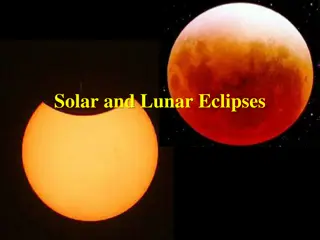
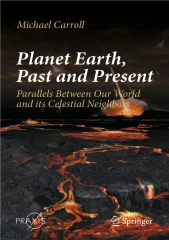

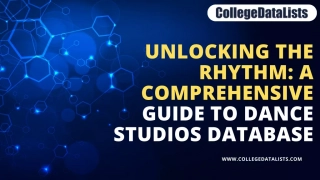
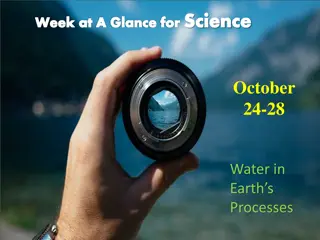

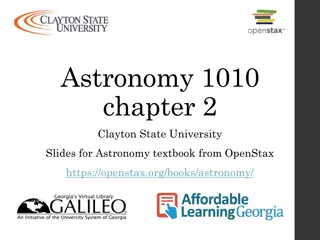
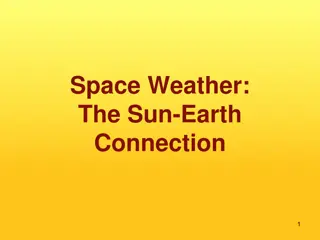
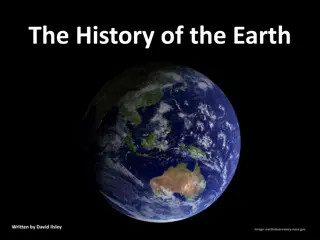
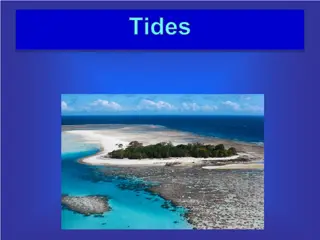


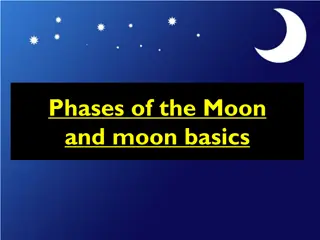
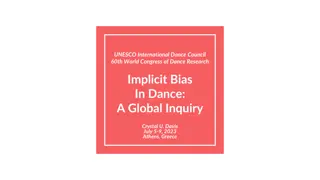
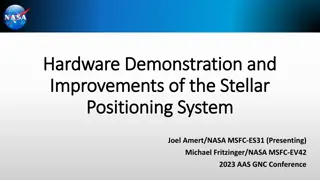
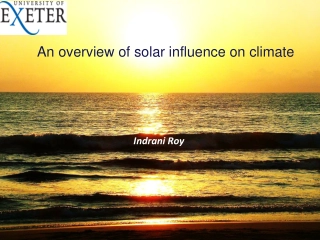
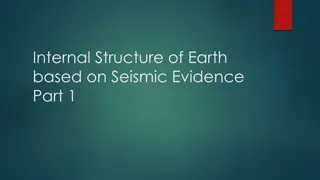
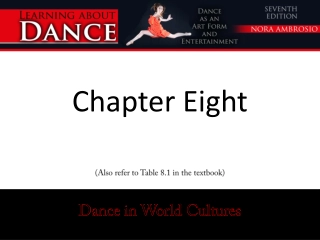
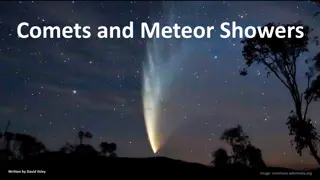


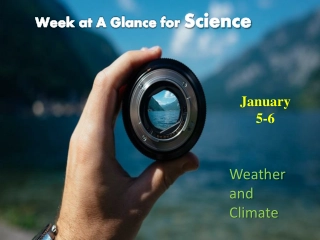
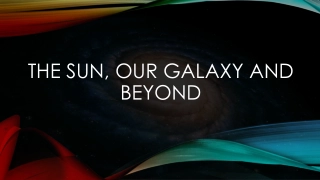
![[PDF⚡READ❤ONLINE] Solar Surveyors: Observing the Sun from Space (Springer Praxis](/thumb/21536/pdf-read-online-solar-surveyors-observing-the-sun-from-space-springer-praxis.jpg)
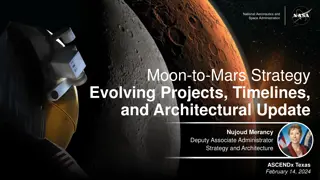

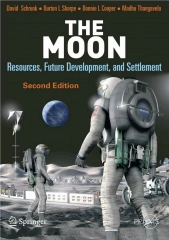
![Read⚡ebook✔[PDF] Io After Galileo: A New View of Jupiter's Volcanic Moon (Sprin](/thumb/21612/read-ebook-pdf-io-after-galileo-a-new-view-of-jupiter-s-volcanic-moon-sprin.jpg)
![get⚡[PDF]❤ Building Habitats on the Moon: Engineering Approaches to Lunar Settle](/thumb/21624/get-pdf-building-habitats-on-the-moon-engineering-approaches-to-lunar-settle.jpg)
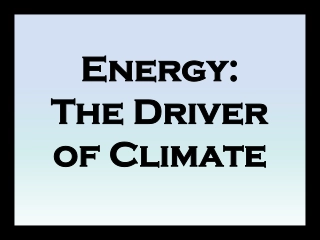
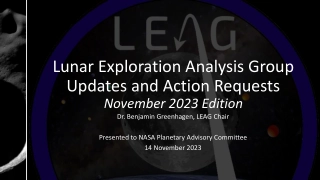
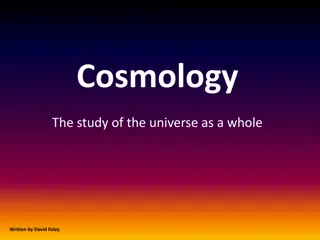
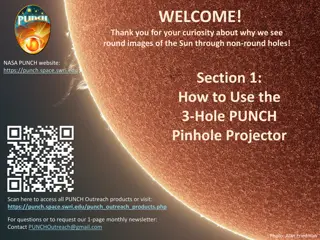
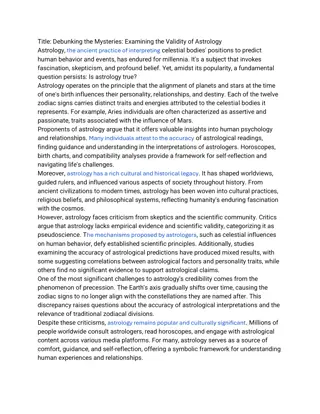
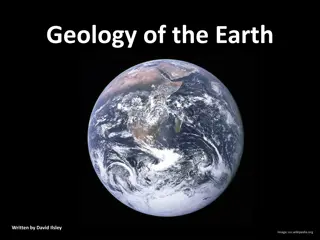
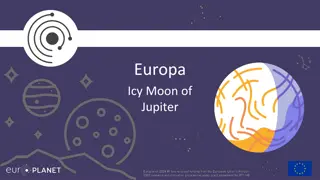

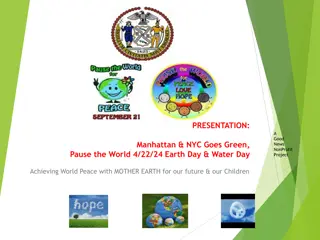
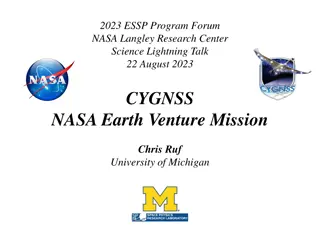
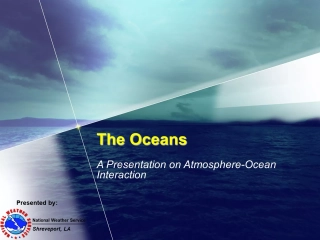
![READ⚡[PDF]✔ The Earth in Context: A Guide to the Solar System (Springer-Praxis S](/thumb/21508/read-pdf-the-earth-in-context-a-guide-to-the-solar-system-springer-praxis-s.jpg)






